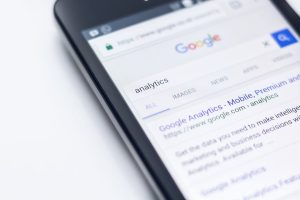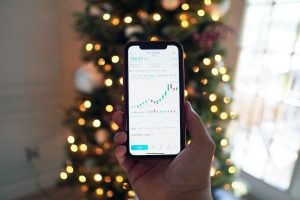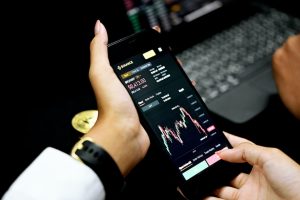The forex market is one of the most complex financial markets in the world. It involves the buying and selling of different currencies, and the rates at which these currencies are exchanged are influenced by a variety of factors, including political events, economic indicators, and global trends. As a result, traders in the forex market need to have access to the latest information and tools to make informed decisions. One of the tools that has become increasingly popular in recent years is artificial intelligence (AI).
AI is a branch of computer science that involves the development of algorithms that can learn from data and make predictions or decisions based on that data. In the forex market, AI can be used to analyze vast amounts of data and identify patterns that can help traders make better decisions. Here, we will explain how AI works in forex trading.
Data collection and analysis
The first step in using AI in forex trading is to collect and analyze data. This data can include historical price charts, economic indicators, news articles, and social media feeds. The AI algorithm then analyzes this data to identify patterns and trends that can help predict future price movements.
One of the advantages of using AI in forex trading is that it can analyze vast amounts of data much faster than a human trader. This allows traders to make decisions in real-time, based on the most up-to-date information available.
Algorithm development
Once the data has been collected and analyzed, the next step is to develop an algorithm that can use this data to make predictions about future price movements. This algorithm can be based on a variety of different techniques, including machine learning, artificial neural networks, and deep learning.
Machine learning is a technique used to train an algorithm to make predictions based on data. The algorithm is fed a large amount of historical data and then uses this data to learn patterns and correlations between different variables. Once the algorithm has been trained, it can be used to make predictions about future price movements.
Artificial neural networks are a type of machine learning algorithm that is inspired by the structure of the human brain. These networks consist of multiple layers of interconnected nodes, each of which performs a different function. The network is trained by adjusting the weights of the connections between nodes until it can accurately predict future price movements.
Deep learning is a type of artificial neural network that uses multiple layers of interconnected nodes to analyze complex data sets. This technique has been used to develop algorithms that can recognize patterns in images, speech, and text. In forex trading, deep learning algorithms can be used to analyze complex data sets and make predictions about future price movements.
Trading strategies
Once the AI algorithm has been developed, the next step is to use it to develop a trading strategy. This strategy can be based on a variety of different factors, including technical analysis, fundamental analysis, and sentiment analysis.
Technical analysis involves analyzing historical price charts to identify patterns and trends that can help predict future price movements. Fundamental analysis involves analyzing economic indicators and news events to identify factors that could affect currency prices. Sentiment analysis involves analyzing social media feeds and news articles to identify market sentiment and potential market-moving events.
The AI algorithm can be used to develop a trading strategy that incorporates all of these factors. For example, the algorithm could use technical analysis to identify potential entry and exit points for a trade, while also taking into account fundamental analysis and sentiment analysis to assess the overall market conditions.
Risk management
Another important aspect of forex trading is risk management. AI can be used to develop risk management strategies that help traders minimize their exposure to risk.
For example, the AI algorithm could be used to develop stop-loss orders that automatically close out a trade if the price reaches a certain level. The algorithm could also be used to develop position sizing strategies that help traders manage their risk exposure based on their account size and risk tolerance.
Conclusion
In conclusion, AI is becoming an increasingly important tool for forex traders. By analyzing vast amounts of data and identifying patterns and trends, AI algorithms can help traders make better decisions in real-time. AI can also be used to develop trading strategies that incorporate technical analysis, fundamental analysis, and sentiment analysis, while also helping traders manage their risk exposure. As AI technology continues to evolve, it is likely that we will see even more sophisticated AI algorithms being developed for forex trading.






